Before we lived in modern houses, we built shelters much more in sync with nature and reaped the benefits of breathing in fresh air each day. In modern times, the pollution in our air, along with the fact that we live away from nature for the most part, severely affects the quality of the air we breathe. Enter the benefits of keeping plants and investing in a whole home humidifier installation rochester ny. These solutions can significantly improve indoor air quality, bringing a touch of nature back into our homes.
Plants absorb air-polluting organic and inorganic chemicals and break them down into compounds that the plant can use for energy. In turn, we get to breathe in the clean air that the plants provide for us – all we have to do is make sure the plants receive enough water and sunlight for survival.
To prove to you the benefits of having indoor plants, a study as far back as 1772 showed that their green leaves can purify stagnant air that had low oxygen counts as a result of burning candles and owning pets. Additionally, plants have been studied for their ability to purify air for use by astronauts in space stations and future moon bases.
In a six month study comparing a room filled with plants and a room devoid of plants, the room without plants had a 50% higher level of airborne microbes and bacteria. Another benefit to having indoor plants is that they naturally provide humidity, which can help with sinus problems, asthma, and even anxiety.
Below, we’ll list some of the best plants you can have in your home to help purify the air.
12 of the Best Plants for Cleaner Indoor Air
Aloe Vera
In addition to its remarkable ability to relieve sunburn pain, aloe vera also purifies the air by releasing oxygen and absorbing carbon dioxide at night. It can also remove benzene from your home, which is found in paint and chemical cleaners.
Aloe vera doesn’t take much maintenance, needing very little water and sunlight to survive.
Peace Lily
This lily’s beautiful tall; white blooms will make you forget that it’s working in your house to improve your health. According to NASA, the plant is excellent for removing three of most common volatile organic compounds (VOCs), formaldehyde, benzene and trichloroethylene. Peace lilies can also help reduce toluene and xylene in the air.
These are relatively easy house plants to care for. They don’t need much sun just the artificial light in your home and indirect sunlight from windows should be plenty.
They also will let you know when to water them by drooping their leaves slightly. These are poisonous, so avoid areas where pets or children can access them.
Bamboo Palm
The surface area of the leaves of palms extracts more carbon dioxide from the air as you breathe at night and returns oxygen to the room that they are in.
These plants also prefer moist soil with low light, away from a sunny window. The humidity given off by the moist soil of these and other houseplants can reduce mold and bacteria in the air, helping you to breathe easier and sleep better.
Lavender
While lavender is most widely known for its use as an essential oil, it can also be used for cleaning your air indoors. The aroma naturally calms the nerves and relaxes your brain, helping you to breathe more slowly and easily.
Spider Plant
Pollutants such as formaldehyde are found in homes from the resins and solvents in building materials. Prolonged exposure to formaldehyde can cause irritation of eyes, throat and lungs as well as respiratory disorders and allergies. One study found that spider plants are excellent for reducing the amount of formaldehyde in a living space.
Spider plants usually have variegated light green and white striped long leaves that fall in a fountain shape.
Hang these plants for the best display as they will also develop small baby growths that hang down from the parent plant. These babies can be sprouted in a jar of water and then planted.
Reducing an environmental pollutant that is out-gassed from foam insulation, particleboard, fabrics and various other man-made materials will improve the air quality in your home and your health.
Gerbera Daisy
Keeping gerbera daisies will also help clean VOCs from your indoor air. These daisies can remove benzene which can be out-gassed from your natural gas stove. It requires plenty of sunlight so find a south-facing window in your home.
Chrysanthemum
Chrysanthemums, also called mums, are effective at removing benzene, trichloroethylene, formaldehyde and ammonia from the air in your home.
These plants also like a good amount of sun and water. That health improvement alone is a great reason to keep them as a house plant. Mums come in a variety of colors and should be readily available at your local garden center.
Mums are annuals, meaning they usually bloom only once per year. Although the plant may continue to live longer than a year, it will not flower again.
Warneckei (Draceana Plant)
This plant doesn’t need much sunlight, making it the perfect indoor plant to have. It can remove harmful toxins in the environment while also providing oxygen to purify stagnant air.
Golden Pothos
Another wonderful plant for removing formaldehyde is a beautiful addition to any indoor setting with the beautifully cascading leaves from the vine. You might want to keep it in your garage, as car exhaust contains a lot of formaldehyde. (Bonus: Golden pothos, also known as devil’s ivy, does not need much sunlight and can do just fine even when kept in the dark.)
English Ivy
Pet owners will love this plant, as it efficiently filters formaldehyde aerosols and fecal particles from the indoor air. You can find many varieties of this plant, but beware, it is poisonous.
Plant care: Partial shade to bright light, but no direct sunlight. Robust plant which grows so well and easily that is considered a weed in some countries.
Chinese Evergreen
While this plant doesn’t need much sunlight, it does need regular doses of H2O, as it’s a tropical plant. Make sure to at least mist the ends with water if you notice them turning brown.
Just like the other plants on our list, Chinese Evergreen can remove a variety of toxins from the environment, so adding one or two around the house will help you breathe better in no time.
Elephant Ear
This plant works wonders at removing formaldehyde, especially at higher concentrations. Just keep them out of reach of young children as they are poisonous.
Final Thoughts on Indoor Plants
Each of these options make a great choice for your home. If you’re not so sure about the quality of natural light in a particular room then take note of the following:
South-facing rooms always have high light coming from its windows. The rooms facing north, east or west, on the other hand, offer low light. Place each plant in a room where there’s plenty of natural light and water it frequently so that its leaves will grow abundantly. Also, keep in mind that some also grow better in rooms with higher temperatures and humidity level.
So do you have any of these plants in your home already? Which ones will you consider adding? Share your thoughts and photos, if you have them, with us in the comments.

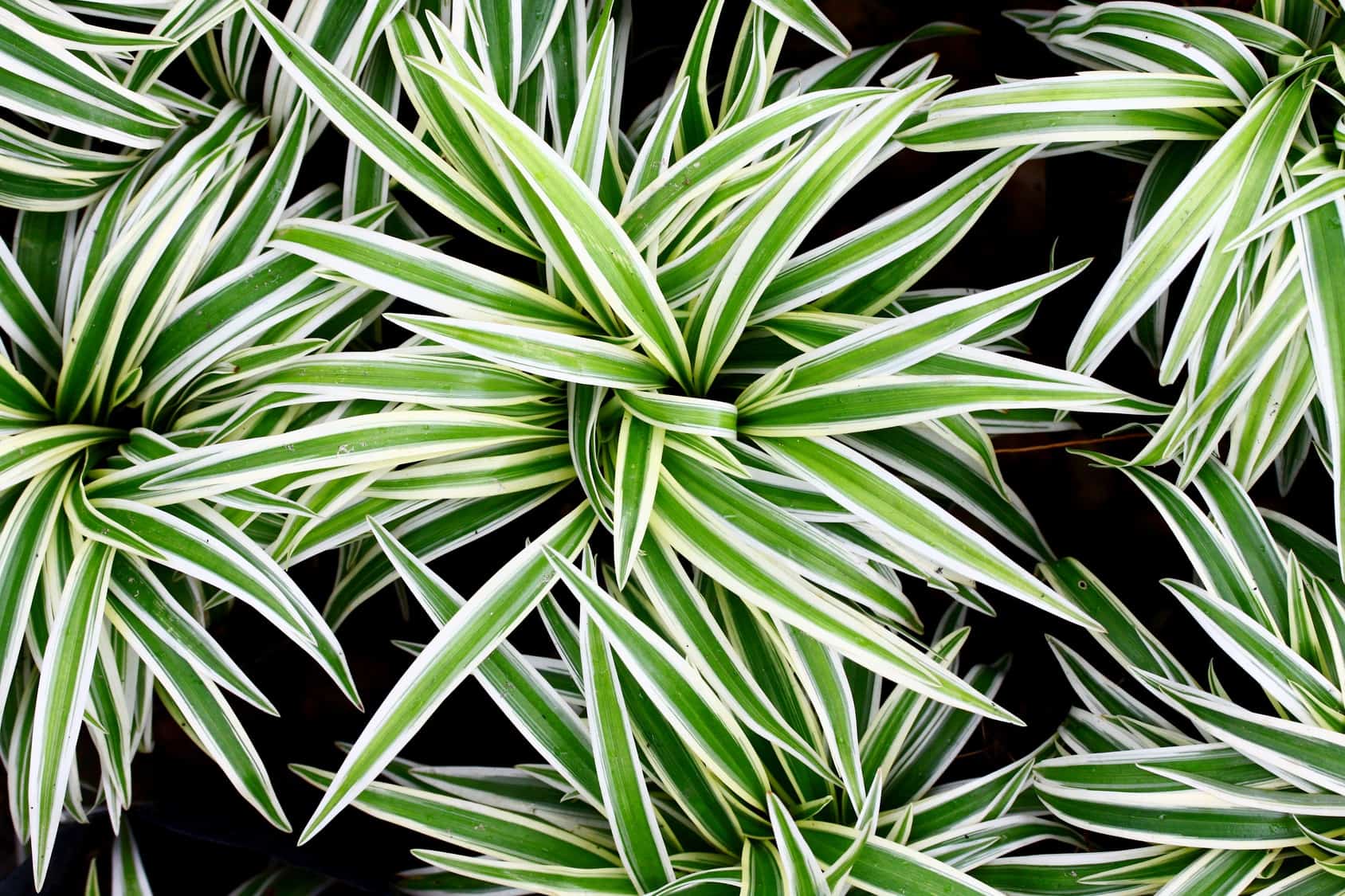






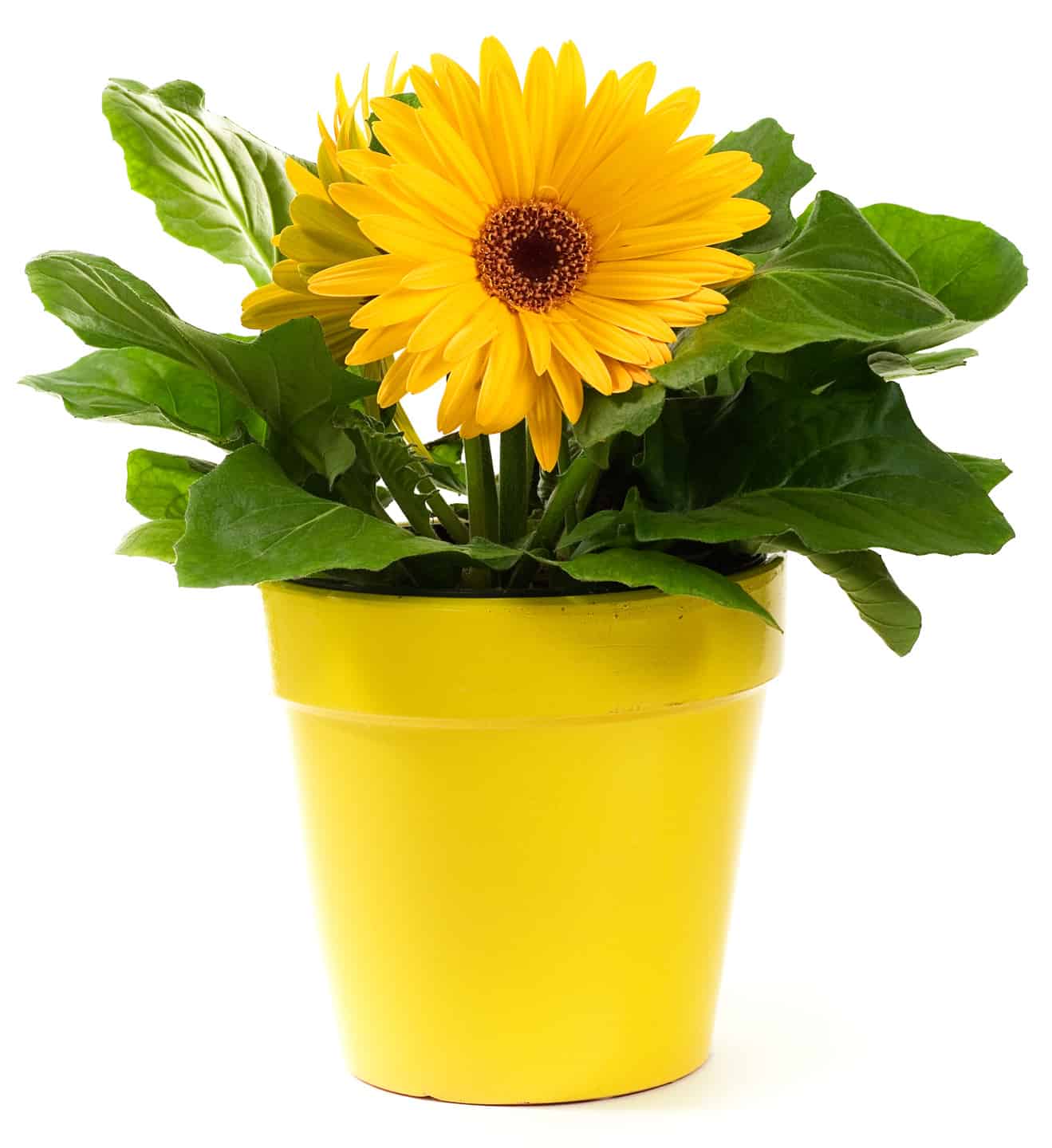



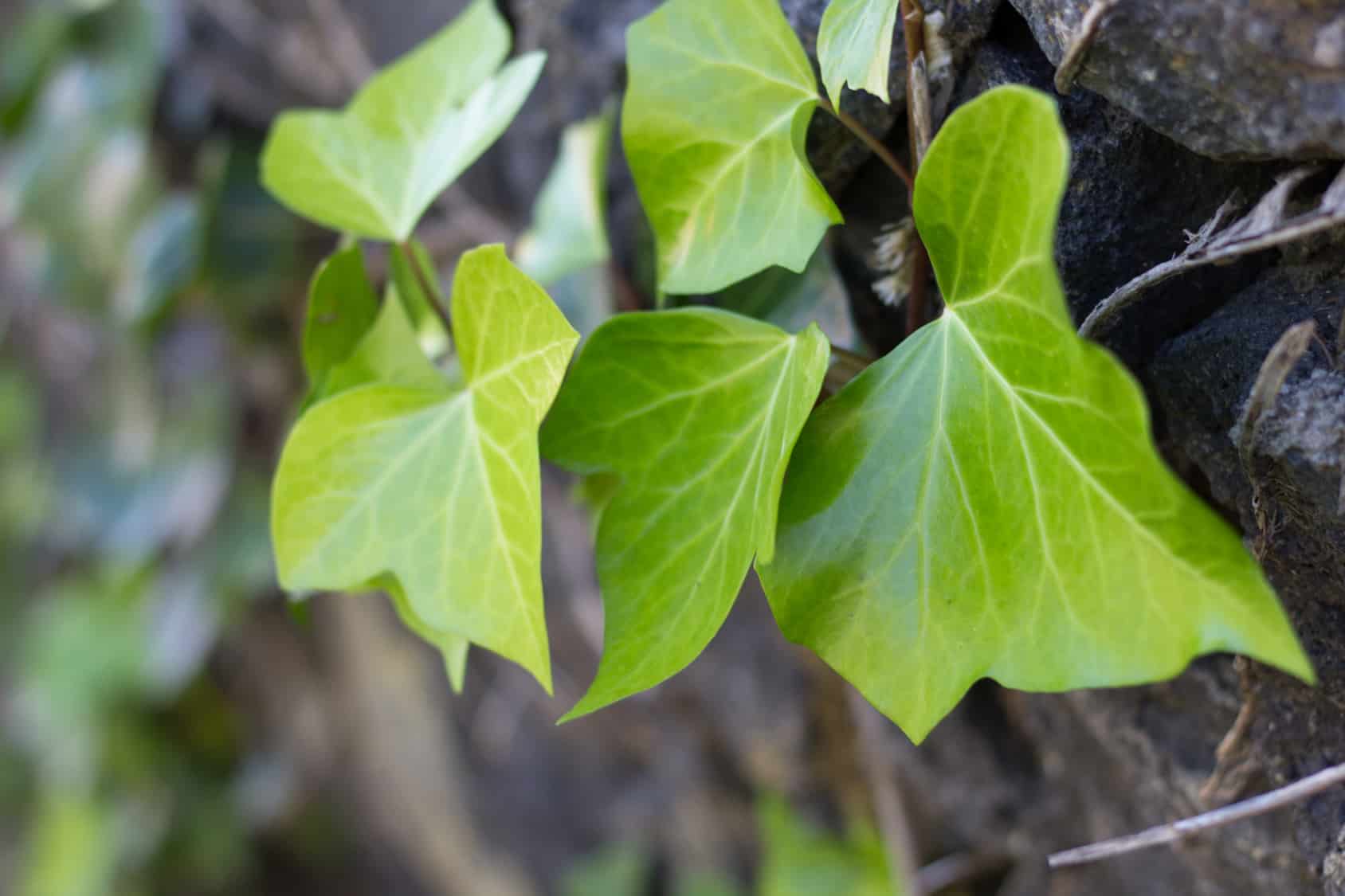
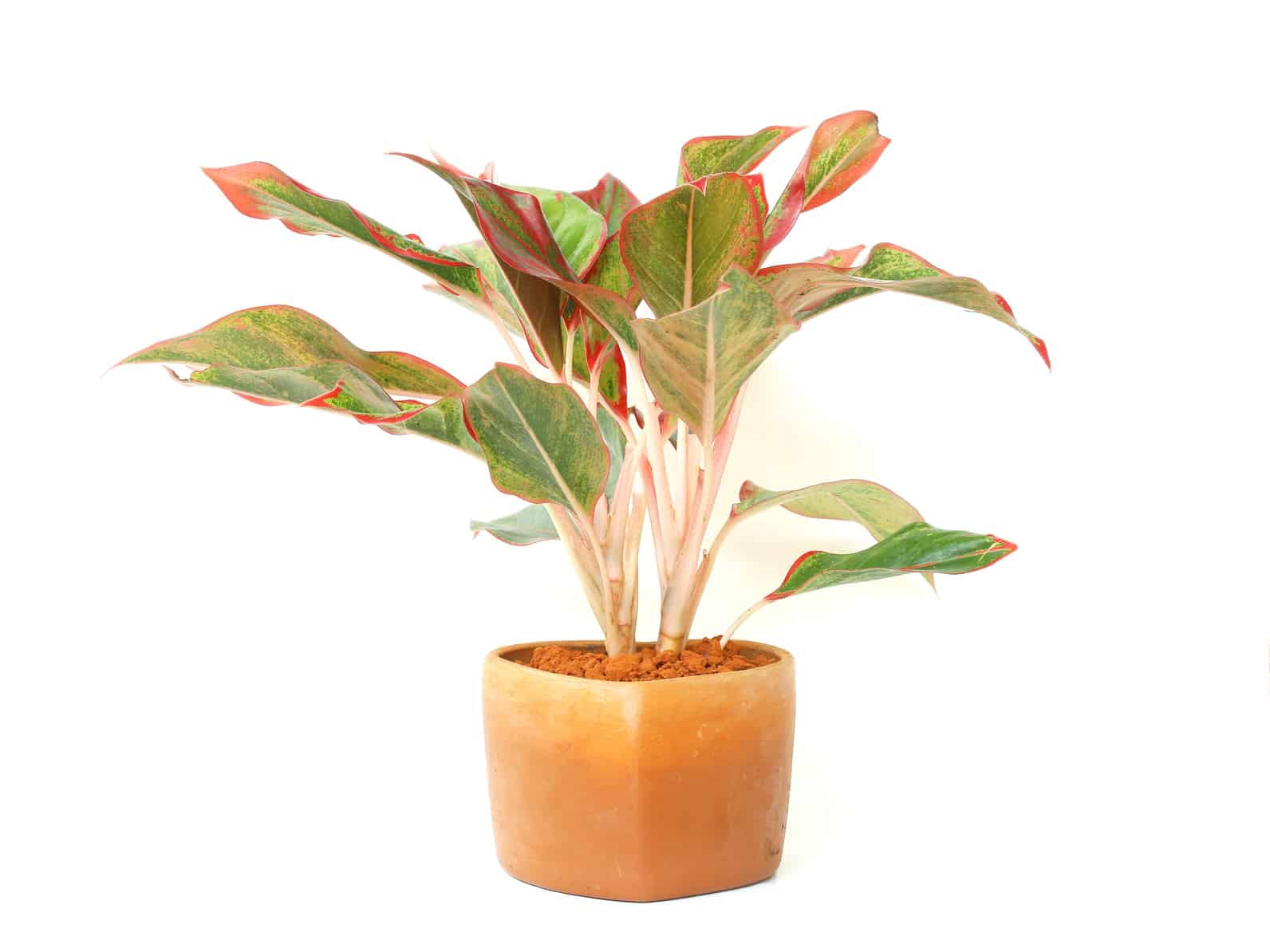
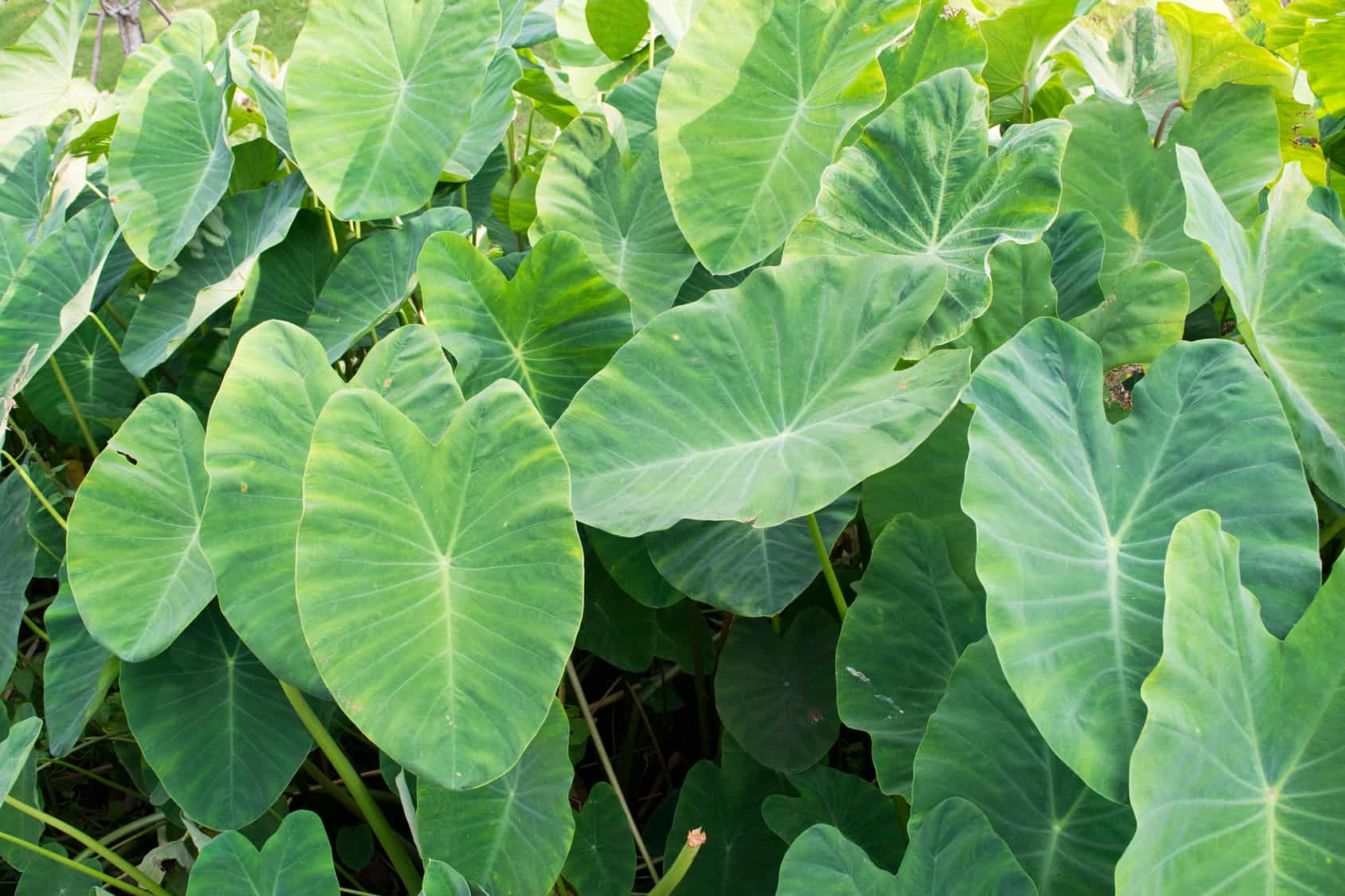










 Community
Community

